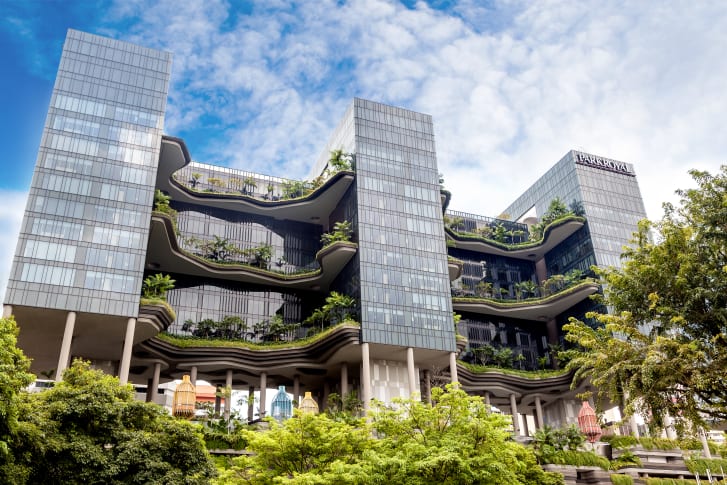Green architecture, or green design, is an approach to building that minimizes the harmful effects of construction projects on human health and the environment. The "green" architect or designer attempts to safeguard air, water, and earth by choosing eco-friendly building materials and construction practices.
Common Characteristics of a "Green" Building
The highest goal of green architecture is to be fully sustainable. Simply put, people do "green" things in order to achieve sustainability. Some architecture, like Glenn Murcutt's 1984 Magney House, has been an experiment in green design for years. While most green buildings do not have all of the following features, green architecture and design may include:
- Ventilation systems designed for efficient heating and cooling
- Energy-efficient lighting and appliances (e.g., ENERGY STAR® products)
- Water-saving plumbing fixtures
- Landscaping with native vegetation and planned to maximize passive solar energy
- Minimal harm to the natural habitat
- Alternative renewable energy power sources such as solar power or wind power
- Non-synthetic, non-toxic materials used inside and out
- Locally-obtained woods and stone, eliminating long-haul transportation
- Responsibly-harvested woods
- Adaptive reuse of older buildings
- Use of recycled architectural salvage
- Efficient use of space
- Optimal location on the land, maximizing sunlight, winds, and natural sheltering

Looking to a Sustainable Future
Green design has many related names and concepts associated with it, besides sustainable development. Some people emphasize the ecology and have adopted names like eco-design, eco-friendly architecture, and even arcology. Eco-tourism is a 21st-century trend, even if eco house designs might appear to be a bit non-traditional.
A building can look beautiful and even be constructed from very expensive materials, but not be "green." Likewise, a building can be very "green" but visually unappealing. How do we get good architecture? How do we move toward what Roman architect Vitruvius suggested to be the three rules of architecture—to be well-built, useful by serving a purpose, and beautiful to look at?













